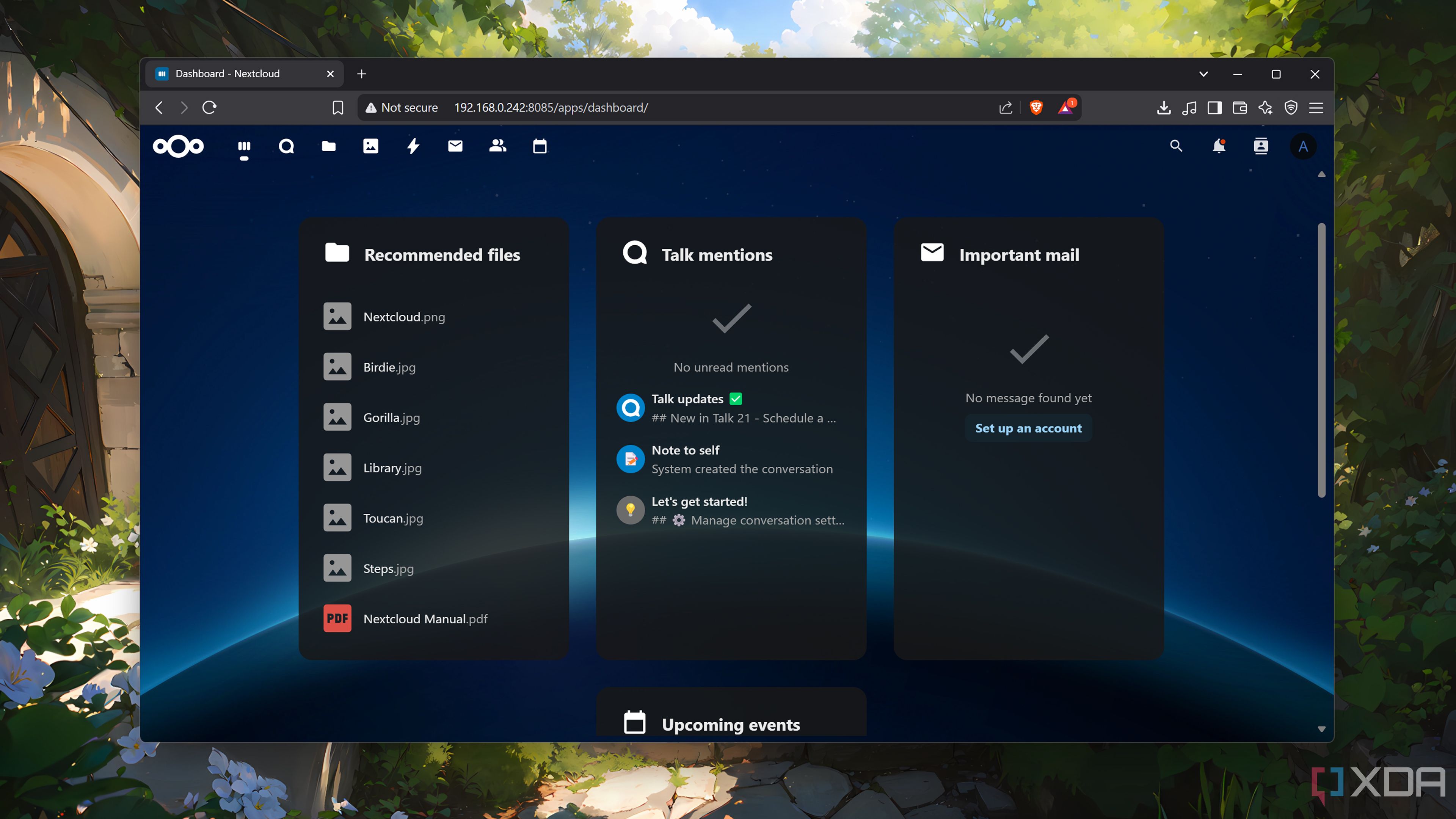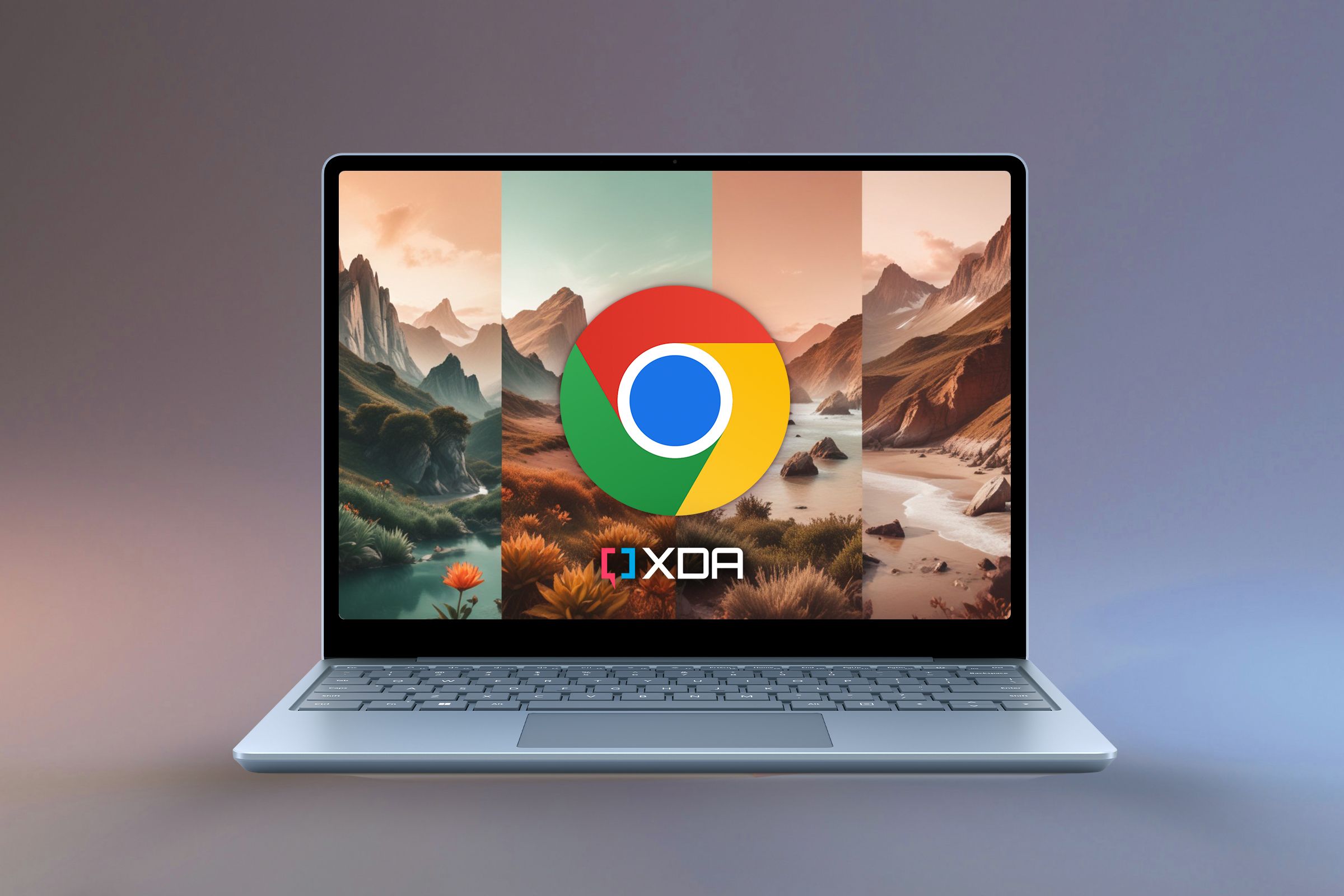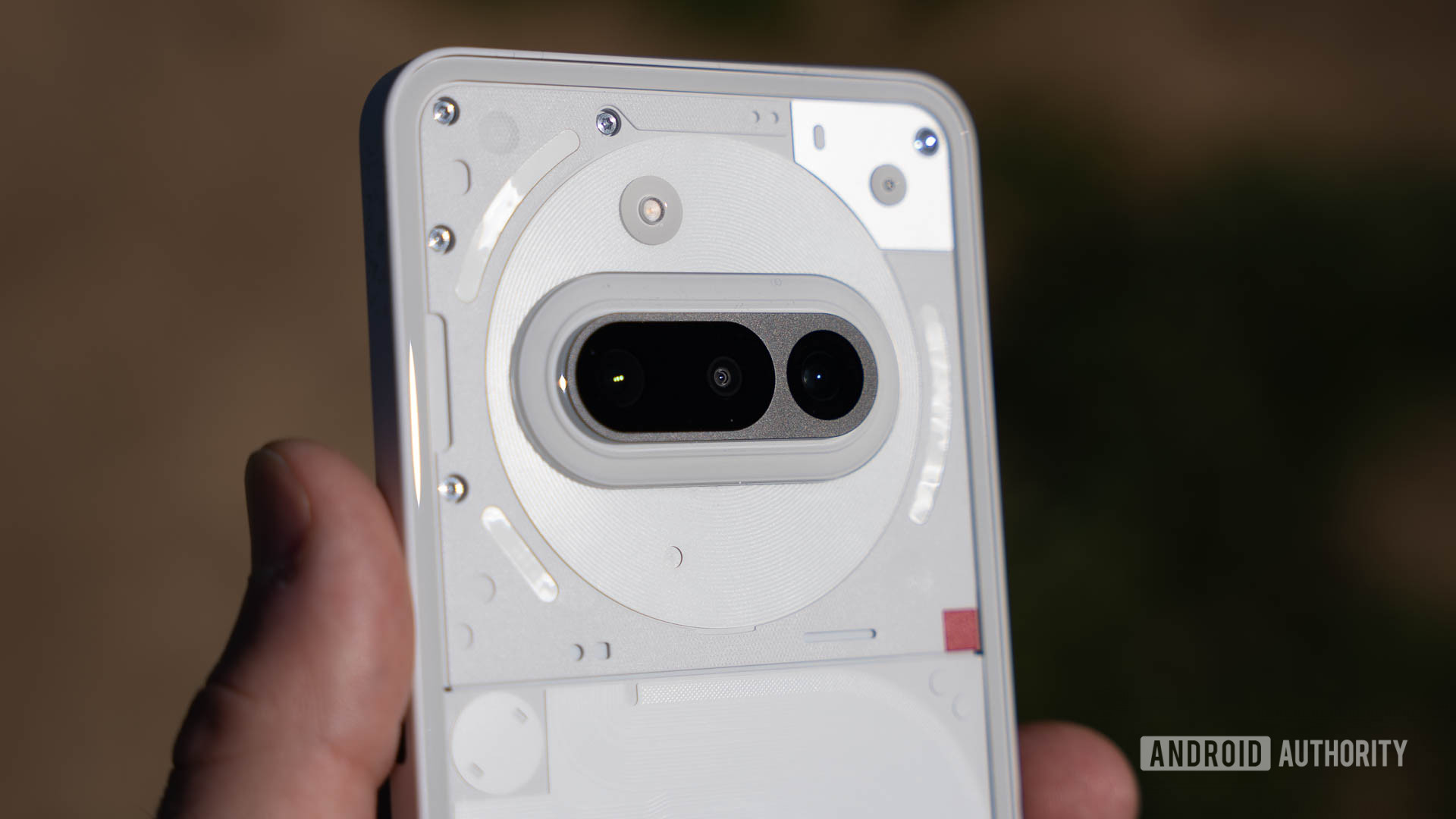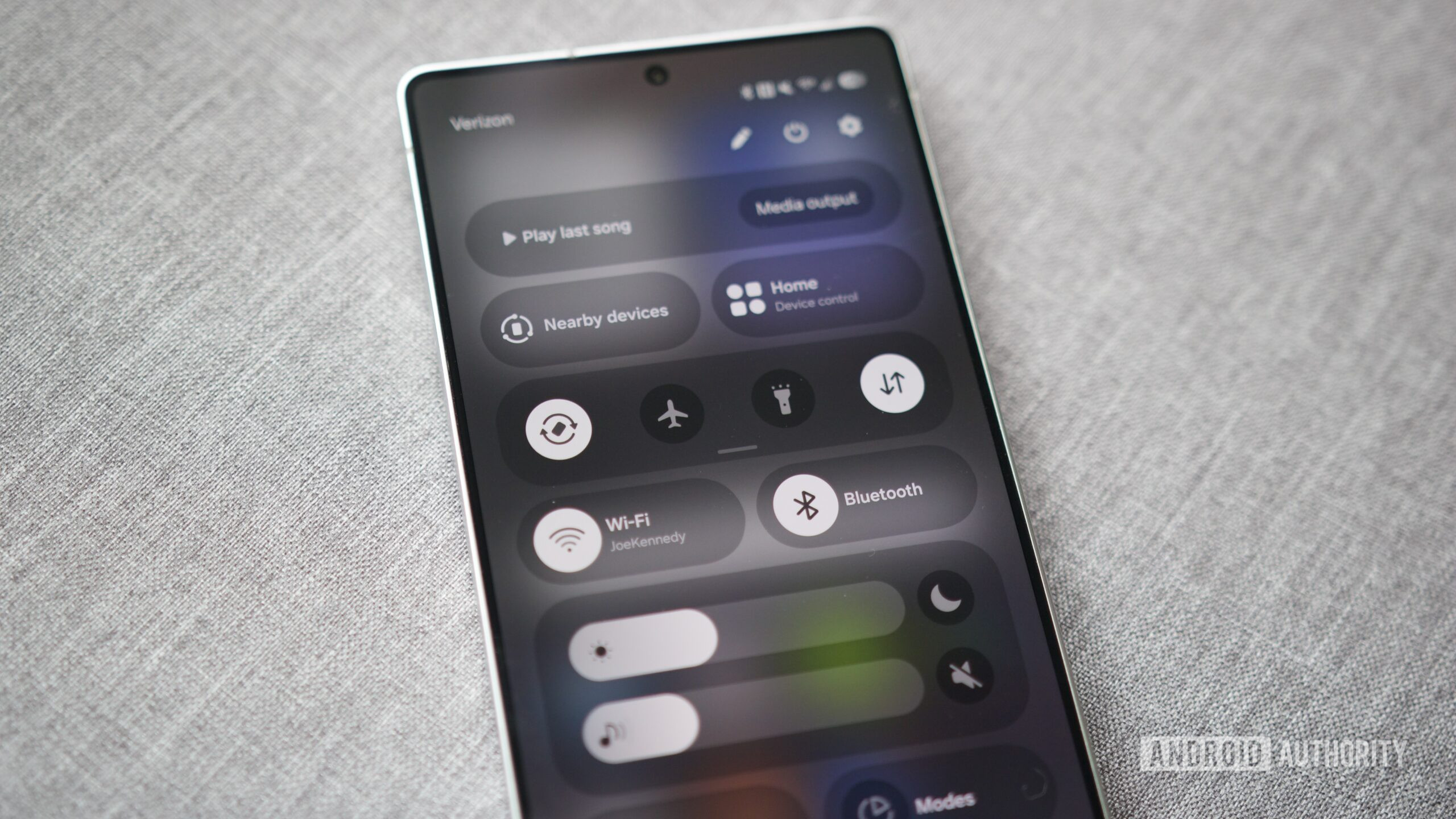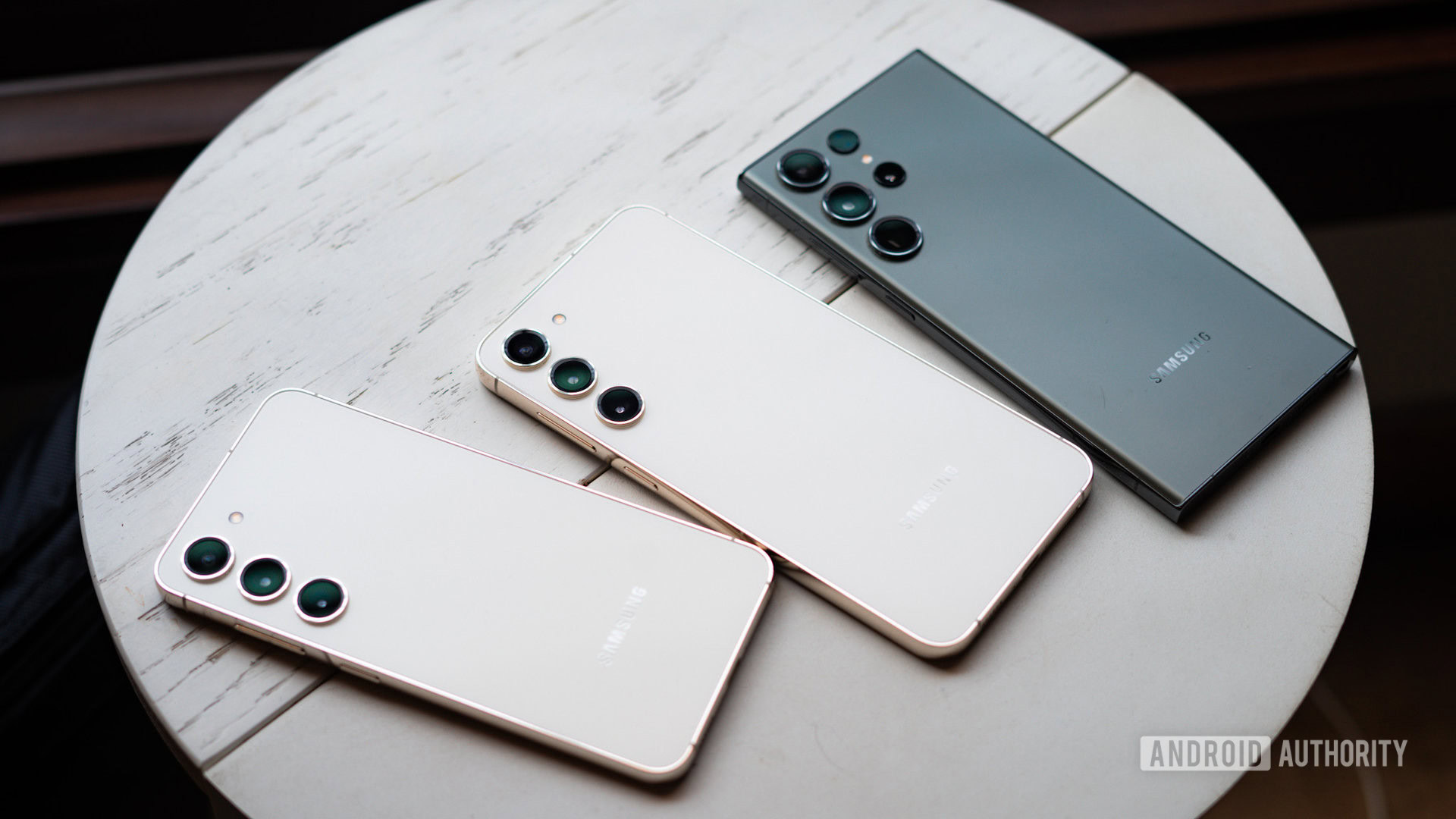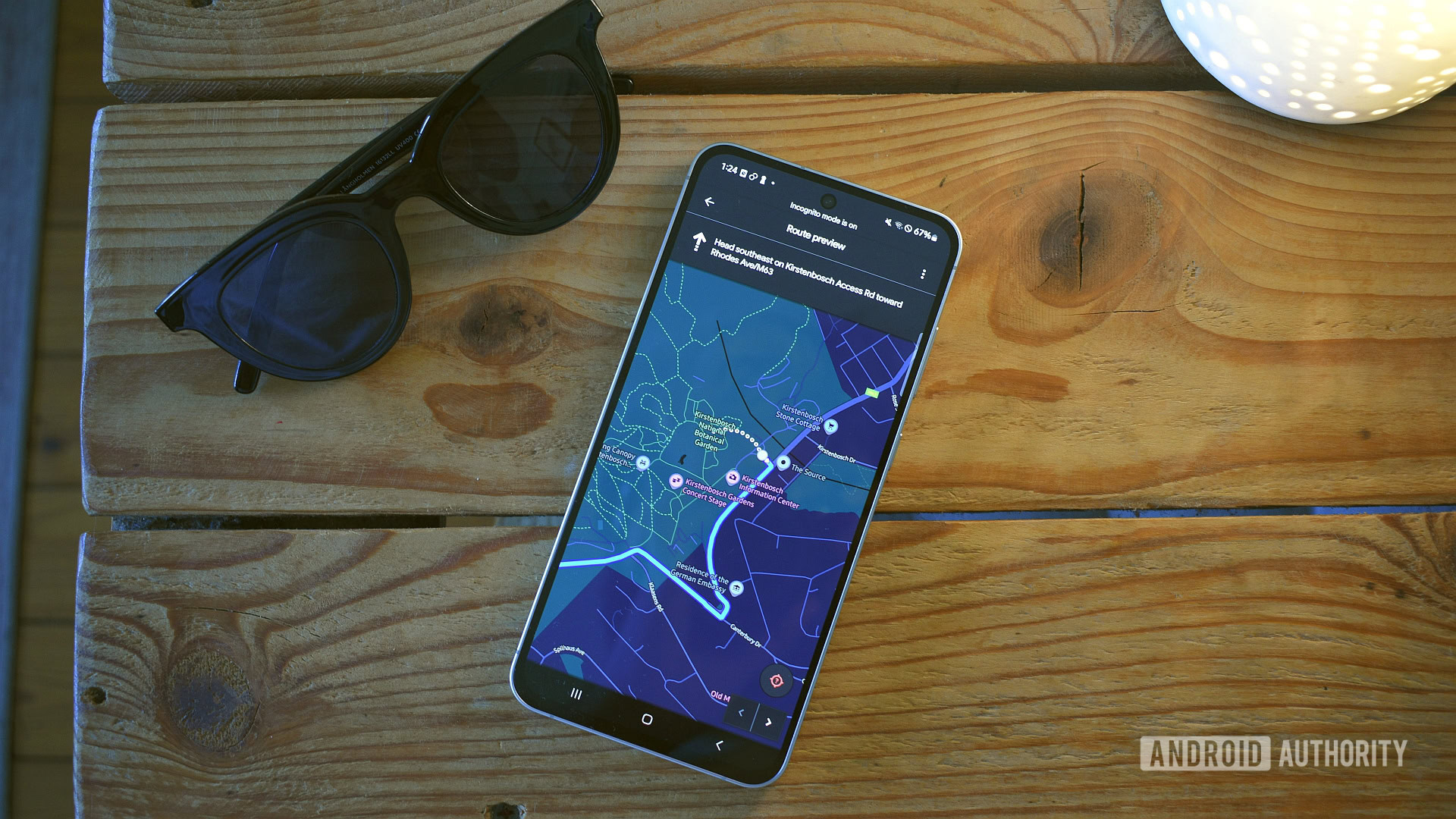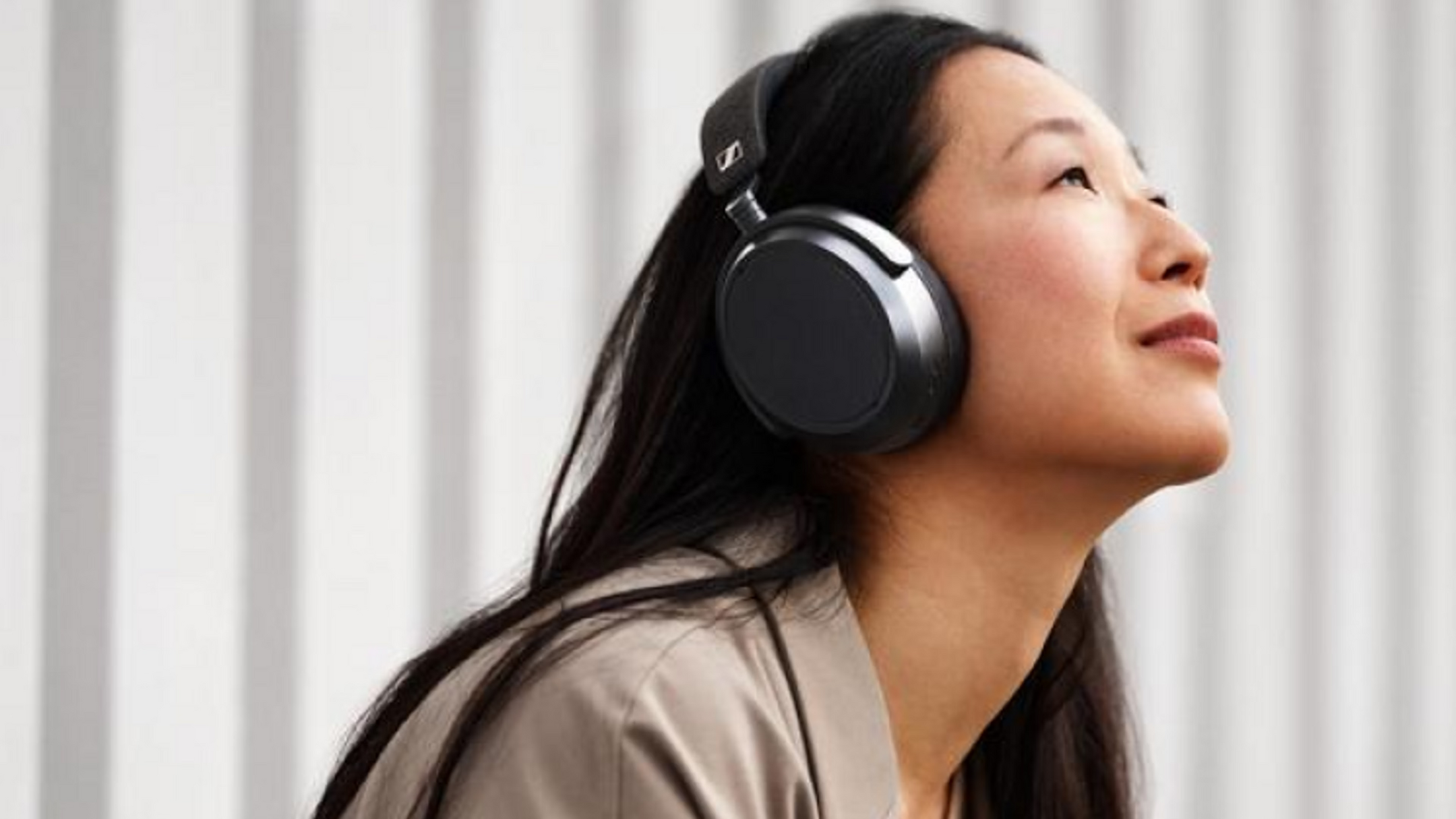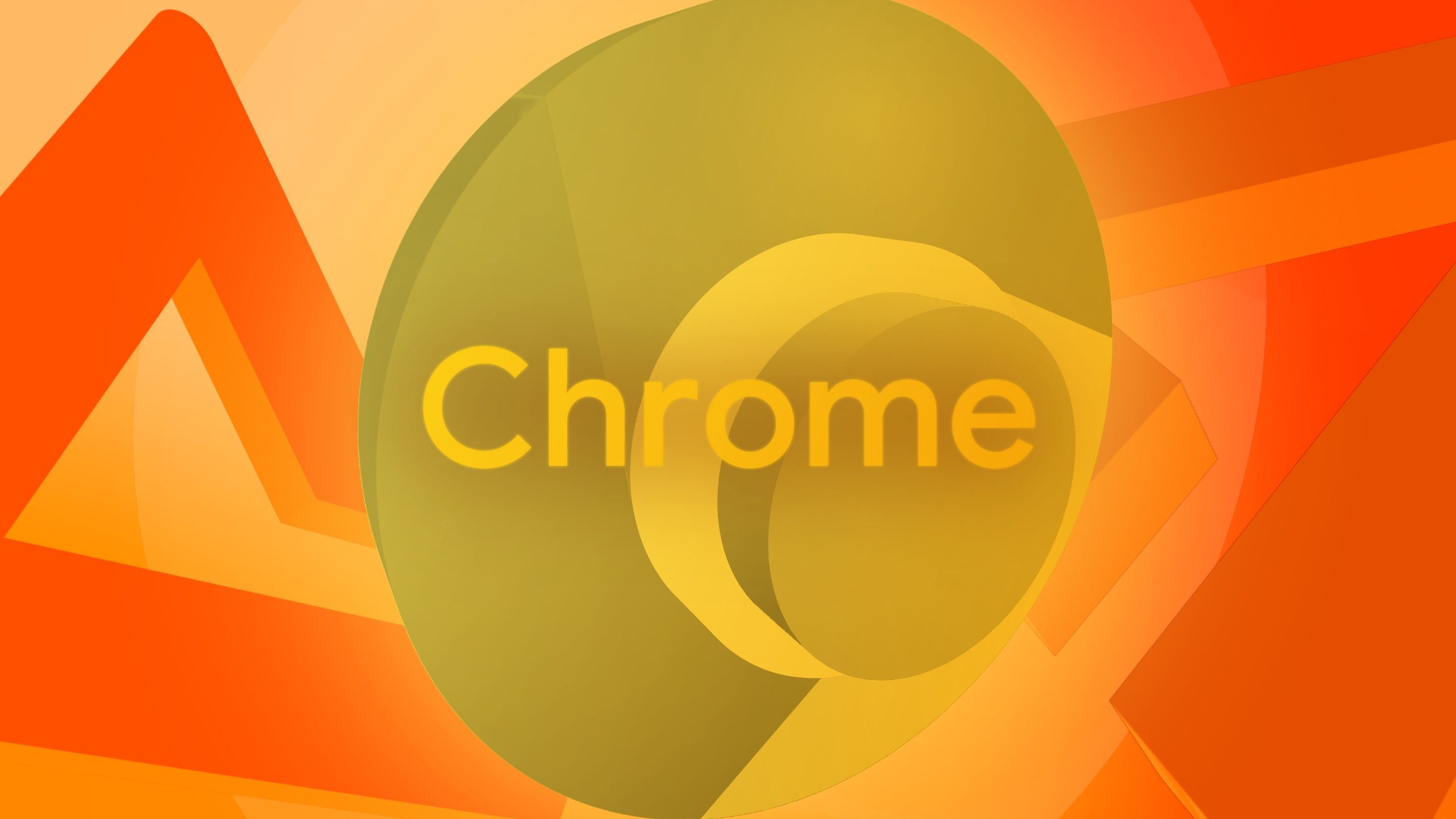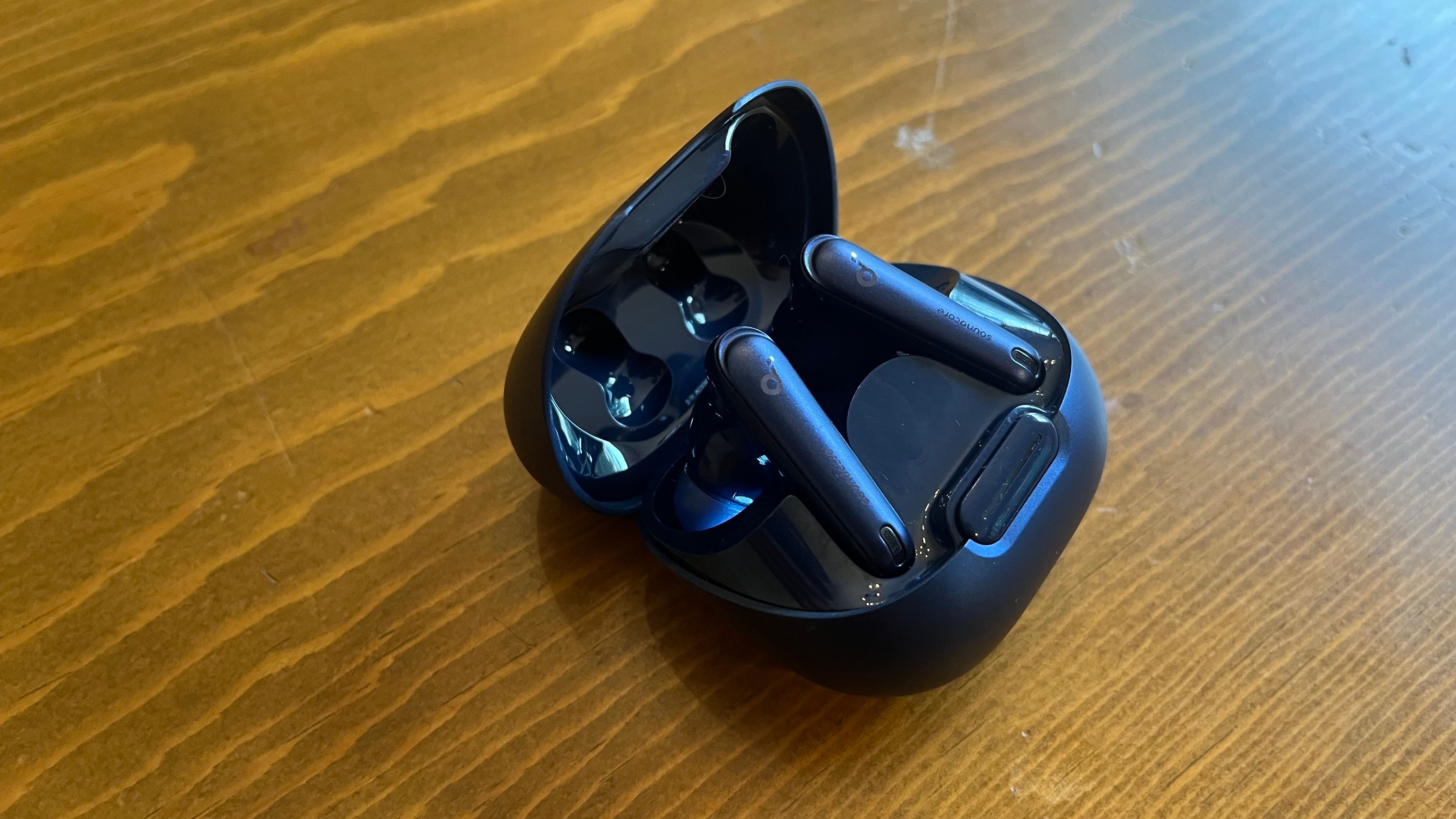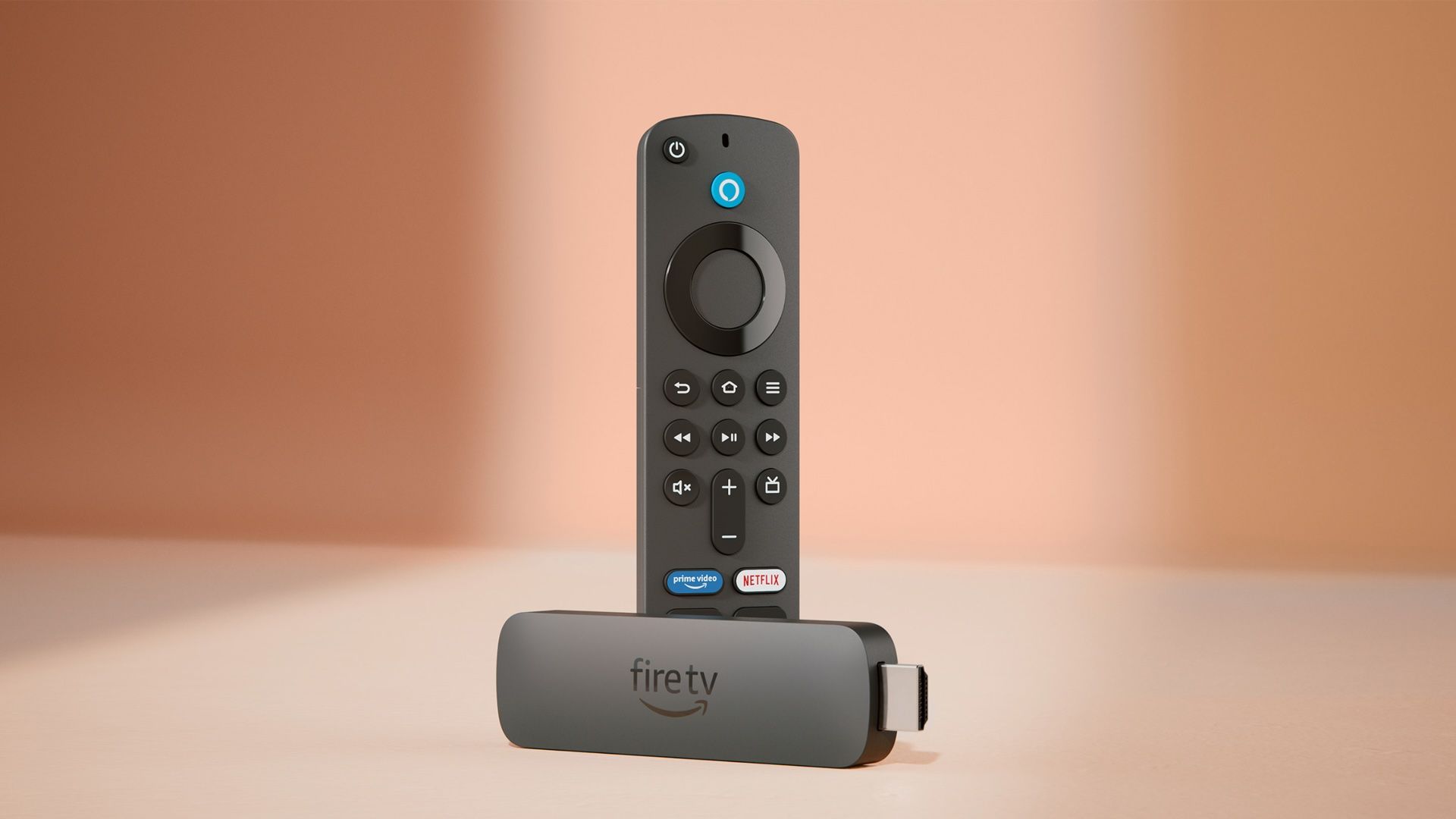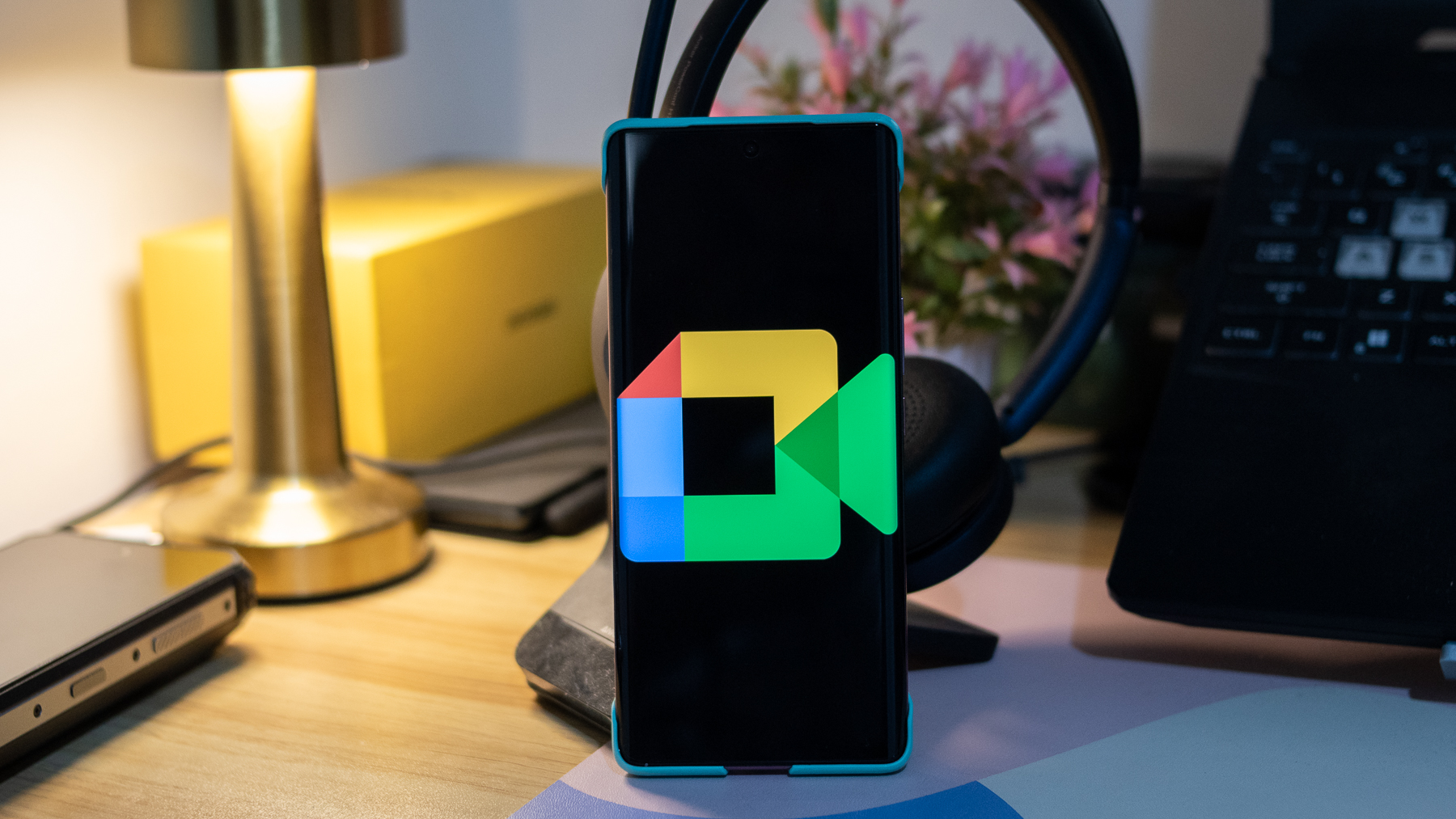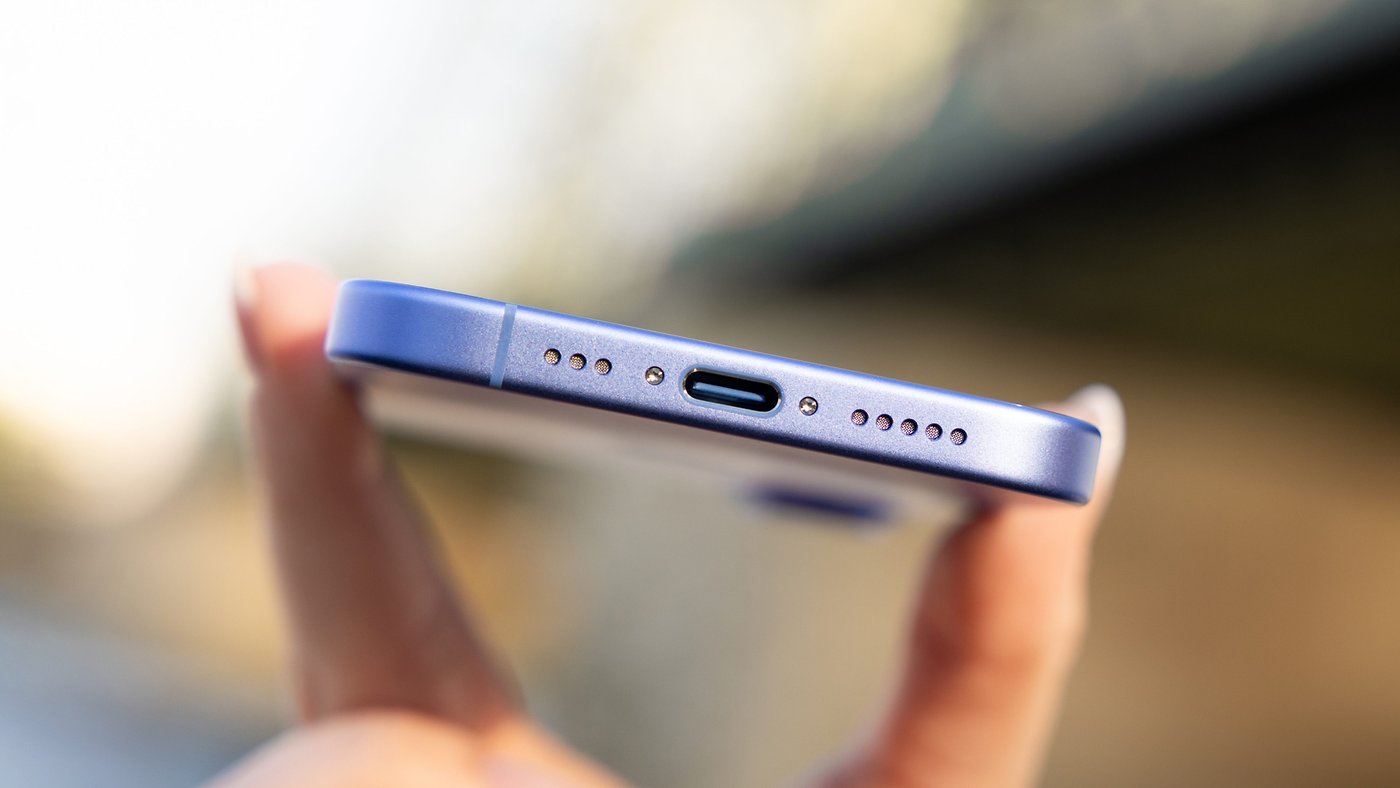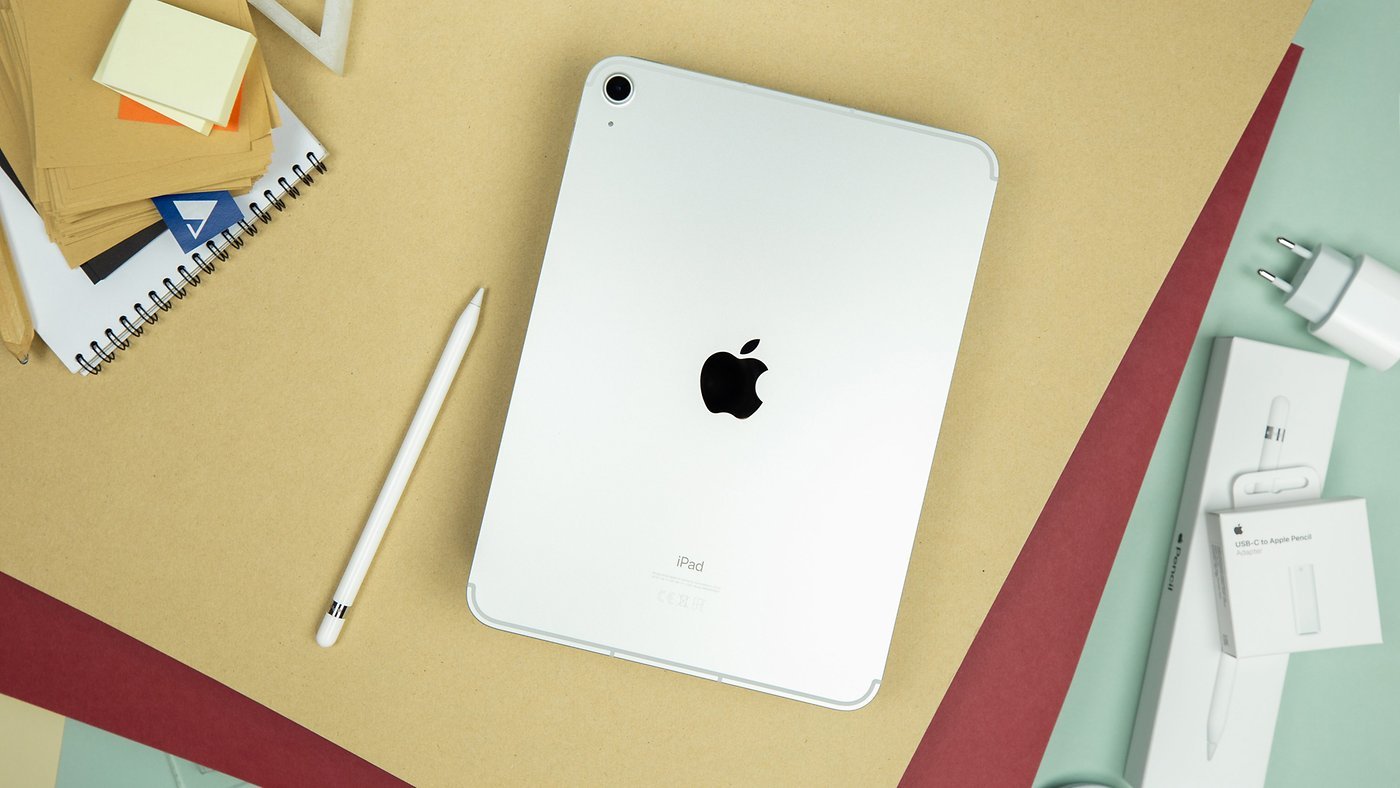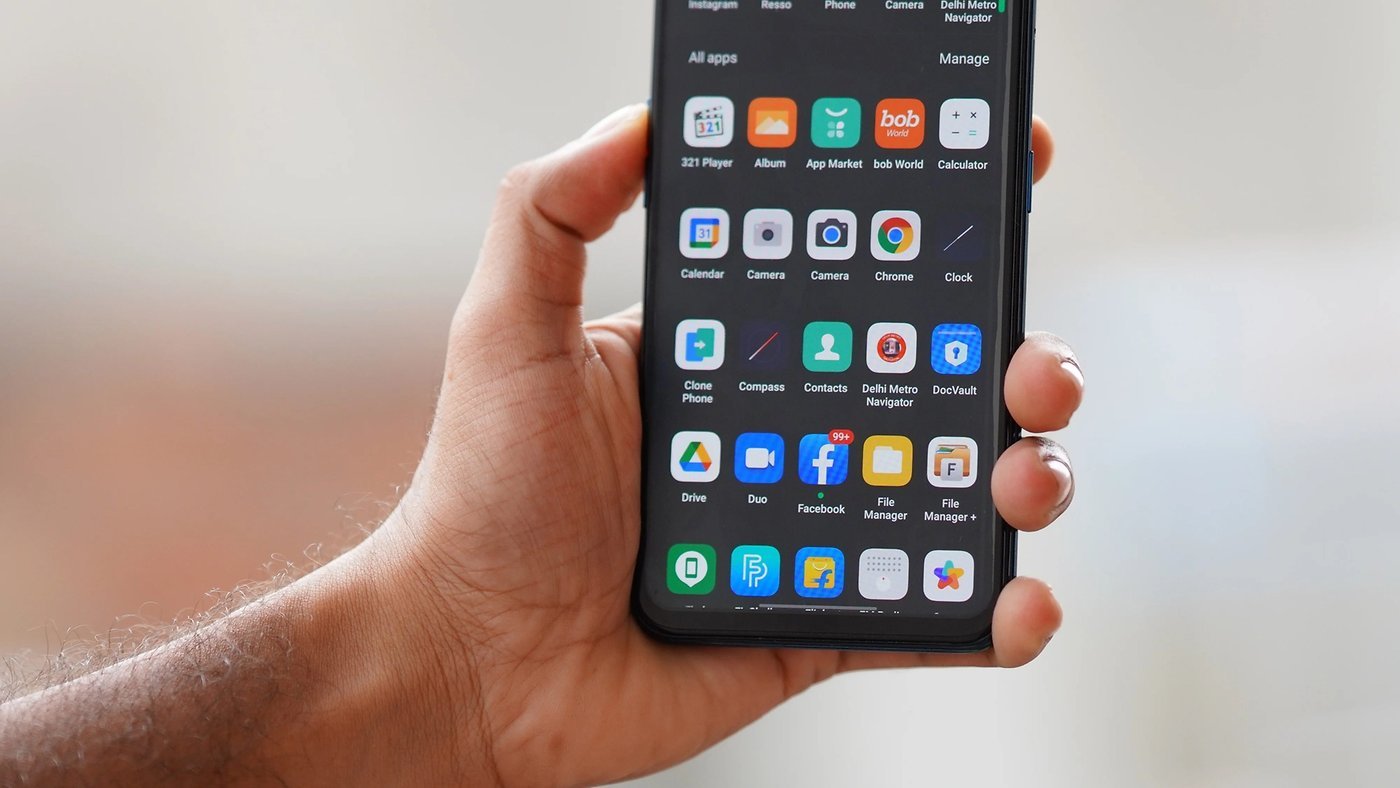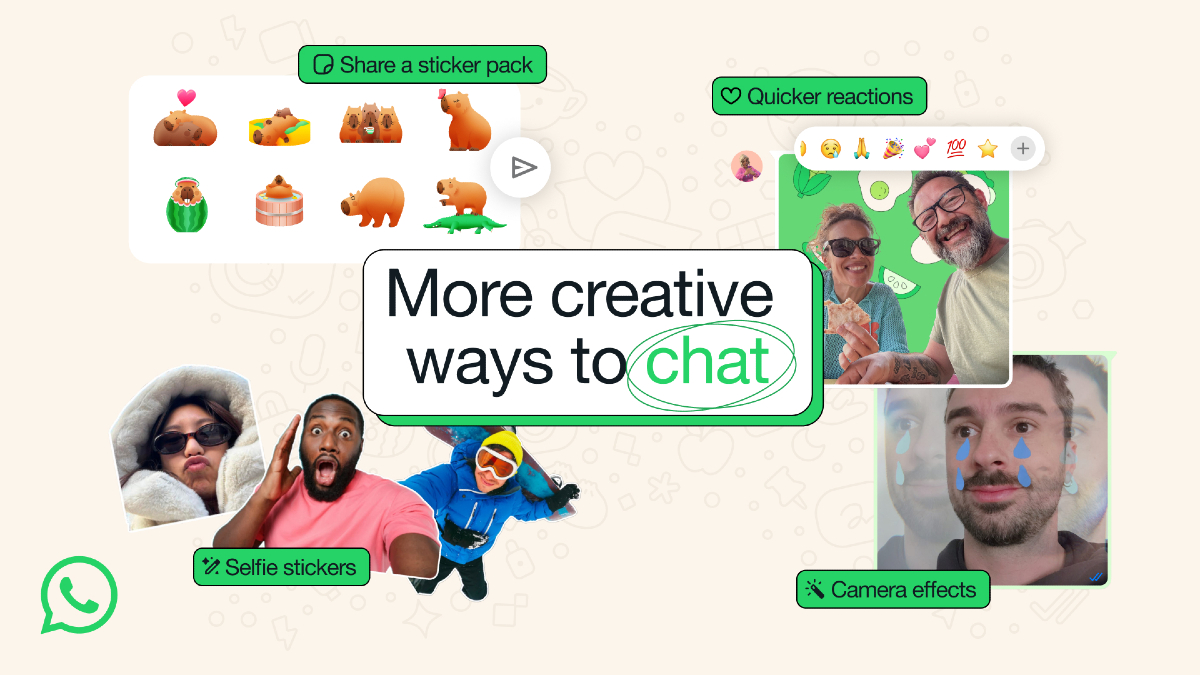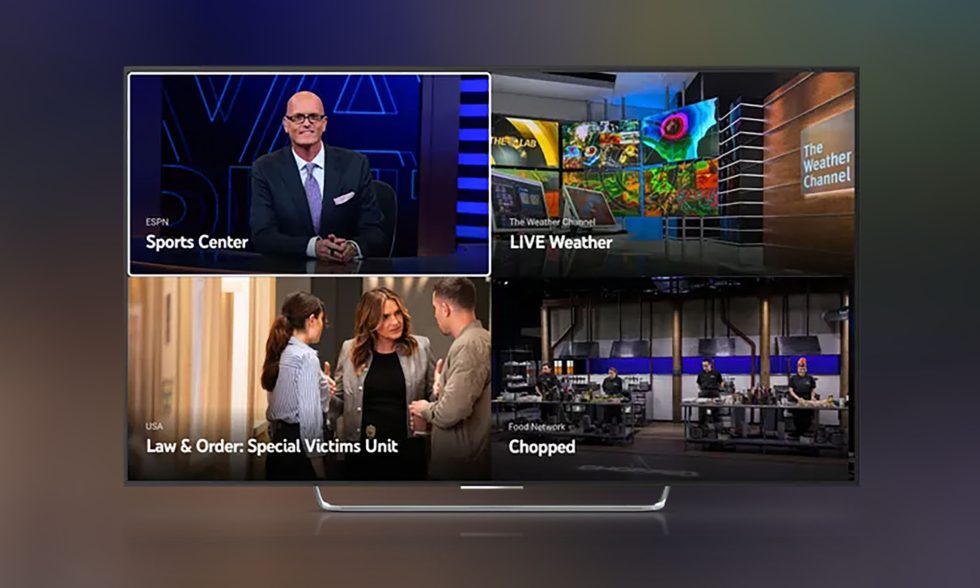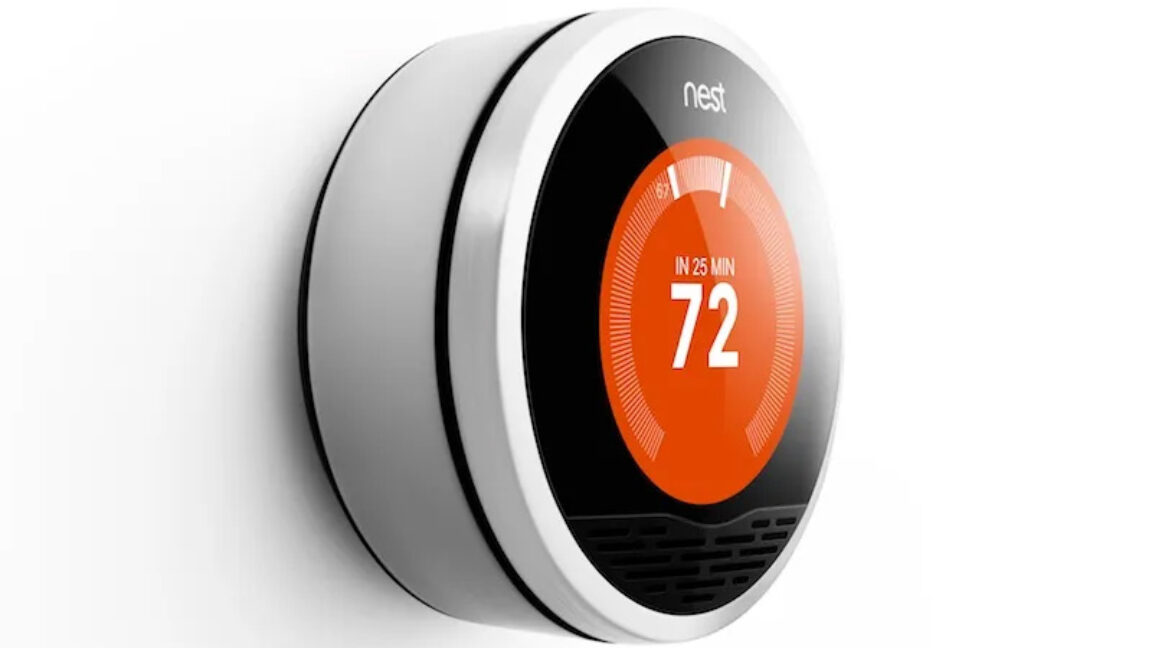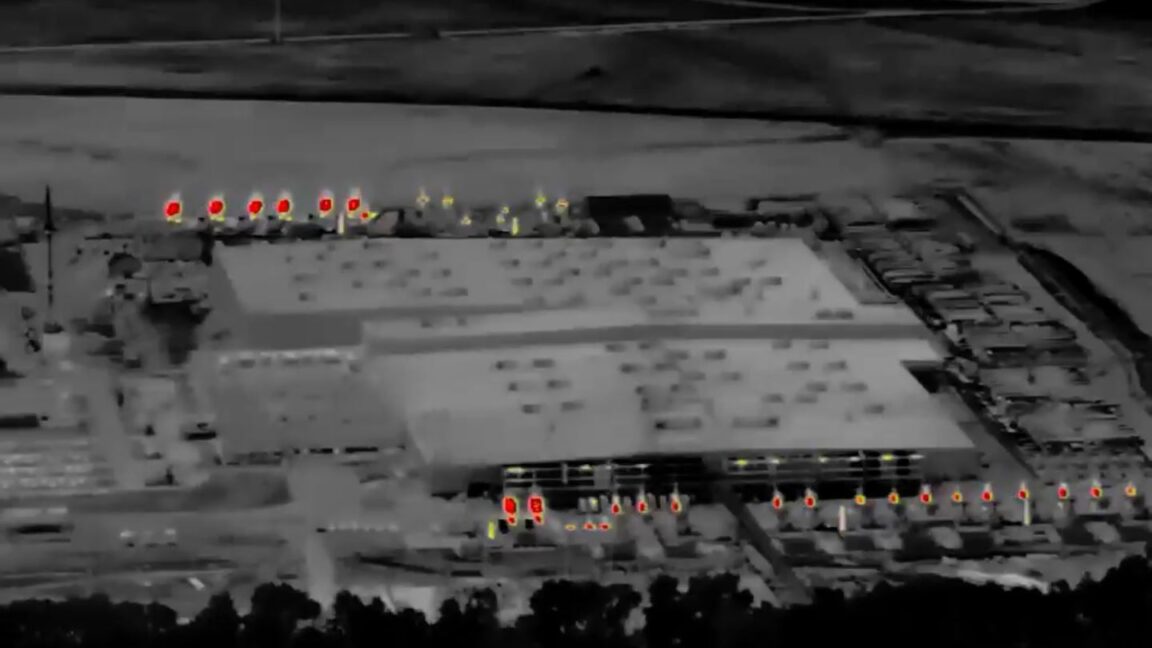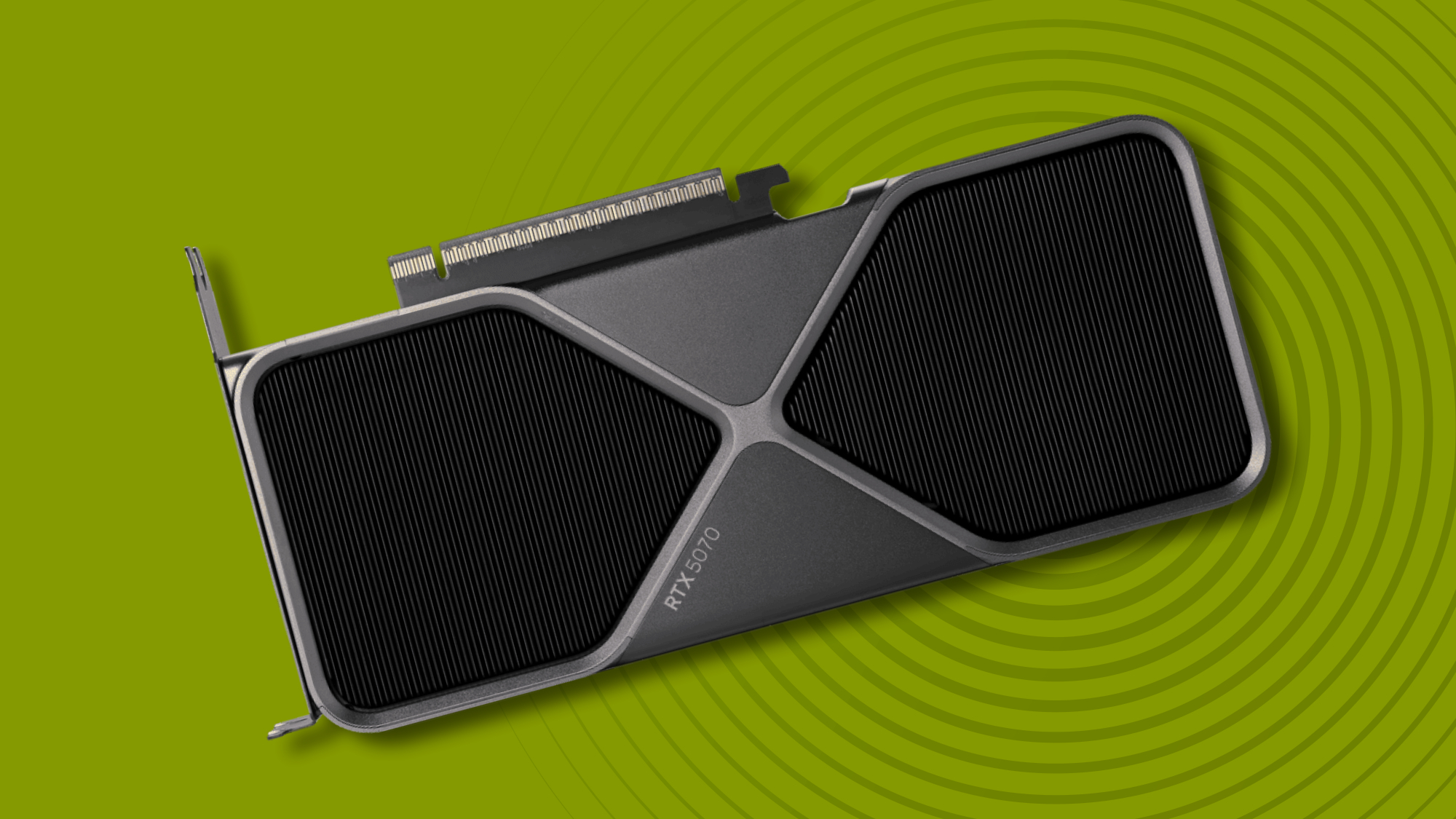Microsoft launches Recall and AI-powered Windows search for Copilot Plus PCs
We knew Microsoft was about to launch Recall for real this time, and now the software maker is making it available to all Copilot Plus PCs. Recall, a feature that screenshots almost everything you do on a Copilot Plus PC, will be available today alongside an improved AI-powered Windows search interface and a new Click […]

We knew Microsoft was about to launch Recall for real this time, and now the software maker is making it available to all Copilot Plus PCs. Recall, a feature that screenshots almost everything you do on a Copilot Plus PC, will be available today alongside an improved AI-powered Windows search interface and a new Click to Do feature that’s very similar to Google’s Circle to Search.
Recall was originally supposed to launch at the same time as Copilot Plus PCs in June last year, but the feature was delayed following concerns raised by security researchers. Microsoft then planned to start publicly testing Recall in October, but pushed it back again to November to have more time to secure it further. Microsoft has now spent the past 10 months overhauling the security of Recall and making it an opt-in experience that you don’t have to enable if you’re concerned about the privacy implications.

“When we introduced Recall, we set out to address a common frustration: picking up where you
left off,“ explains Navjot Virk, corporate vice president of Windows Experiences at Microsoft. Recall is designed to improve how you search your PC, but taking snapshots that are categorized so it’s easy to search for vague memories instead of file names.
I spent a few weeks testing Recall last year and found it was creepy, clever, and compelling. Technologically it’s a great improvement to the Windows search interface, because it can understand images and content in a much more natural way. But it does create a privacy minefield because you’re suddenly storing a lot more information on your PC usage, and you still need to manage blocked apps and websites carefully.
Kevin Beaumont, one of the security researchers that first raised alarm bells over Recall, has been testing the final version recently and found that “Microsoft has made serious efforts to try to secure Recall.” The database is now encrypted, Recall attempts to filter sensitive data by default, and the feature is now an opt-in experience.
Beaumont does note that filtering sensitive apps and websites can be hit-and-miss though, and occasionally even buggy. He also says that you can access Recall through a simple four-digit PIN unlock option with Windows Hello, instead of it forcing more secure facial recognition or a fingerprint. Microsoft’s Recall website claims “you must have at least one biometric sign-in option enabled for Windows Hello, either facial recognition or a fingerprint, to launch and use Recall.”

Alongside Recall, Windows search is also getting some AI improvements on Copilot Plus PCs today. You can now use the File Explorer, Windows search box, or settings with natural language queries. That means instead of searching for file names or specific settings, you can now describe images or documents and get results. If you’re looking for an image of a brown dog you know you have saved somewhere, you can just ask for “brown dog” rather than having to know the file name or date the image was created.
Microsoft is also rolling out Click to Do today, which works a lot like Google’s Circle to Search. You activate it by using the Windows key + left mouse click, and it will provide actions for the text or images that are on your screen. This includes summarizing text or being able to quickly remove an object from an image.

Recall, the improved Windows search, and Click to Do will all be available today across all Copilot Plus PCs, but the text actions in Click to Do are currently limited to Qualcomm-powered devices, with AMD- and Intel-powered Copilot Plus PCs getting this feature “in the next few months.” Recall and Click to Do should be available in a variety of languages and regions, but Microsoft says both features won’t be available in EU countries and Iceland, Liechtenstein, and Norway until later this year.








